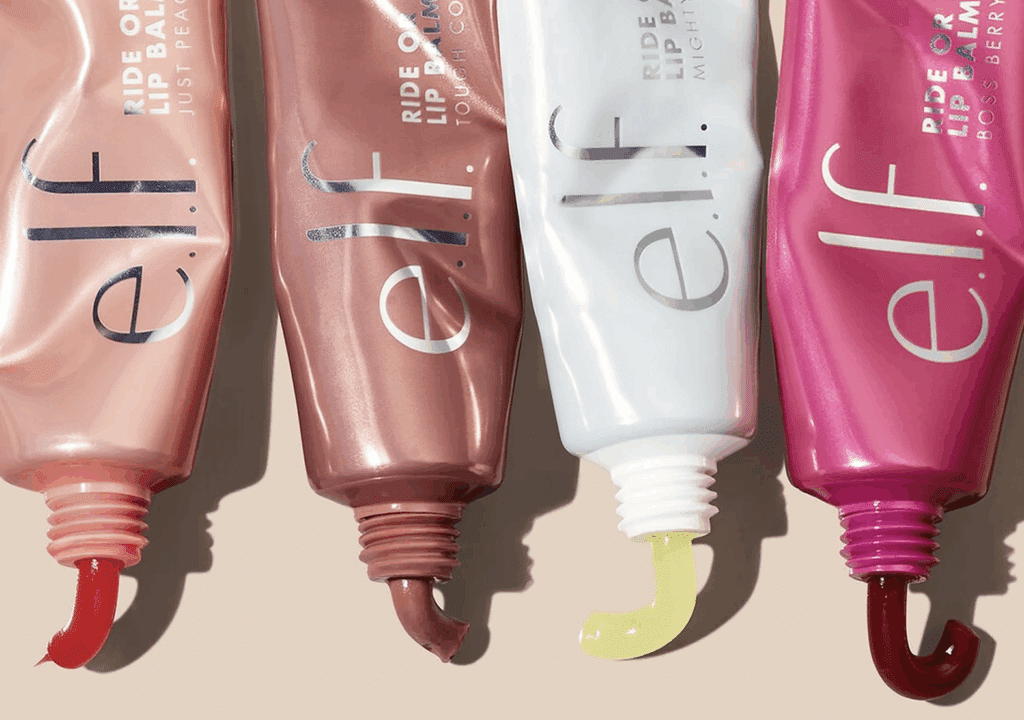California has been focusing its attention on the rise of sustainable marketing, including recycling-centric claims by way of a law that governs when recycling labels – including the “chasing arrows” motif – can (and cannot) be used. Signed into law back in 2021, SB 343 prohibits the use of the chasing arrows symbol and/or any other indicator of recyclability on products and packaging unless certain criteria are met. Aside from setting up an initial framework to regulate recycling-specific marketing that will apply to all consumer goods and product packaging unless otherwise specified, SB 343 called on the state’s Department of Resources Recycling and Recovery (“CalRecycle”) to publish standards on or before January 1, 2024 regarding what types of material types/forms are considered recyclable.
Specifically, SB 343 mandated that CalRecycle must conduct and publish a characterization study of materials collected, sorted, sold, or transferred for recycling in California, as under the law, for materials to considered recyclable, in addition to meeting certain product criteria established by SB 343, they must be: (1) a type and form of material accepted by jurisdiction recycling programs providing service to at least 60 percent of the population of the state; and (2) recovered and sorted into defined streams by large volume transfer processors providing service to at least 60 percent of statewide recycling programs.
At a high level, CalRecycle – which is a branch of the California Environmental Protection Agency – found that 38 percent of covered material categories (or 37 out of 98), including most types of glass, aluminum, cardboard, paper, and plastics Nos. 1, 2 and 5, are recyclable in the state. From an apparel manufacturing/retail perspective, CalRecycle’s findings are telling, particularly due to the relatively low levels of collection and/or sorting for recycling programs in California for things like “textiles and clothing.” According to the CalRecycle report, “textiles and clothing” materials, including textiles with and without a “plastic component,” generally fall within the “Non-Recyclable Material (Organics and Hazardous Waste)” category, meaning that “the primary material is not intended for traditional recycling, but rather would optimally be destined for organics recycling or hazardous waste disposal.”
Beyond that, clothing and textiles were not found to fall within the realm of “rare materials” (or materials for which 10 pounds or less were observed across all samples in the study). However, they were found to have a “low recovery rate,” which means that they are “more common” in residual waste (i.e., materials that are difficult to recycle either due to technological limitations, costs, and resources) “destined for disposal than in any defined stream(s).” Still yet, CalRecycle determined that less than 1 percent of the statewide population accepts textiles and clothing for residential curbside recycling collection.
While the information provided in the preliminary report “is not a determination of recycling labeling eligibility or legality pursuant to SB 343, as CalRecycle does not have the authority to make such determinations,” per Recycling Today, CalRecycle’s findings will be used to determine whether a product or package is recyclable in California under SB 343 and thus, whether the use of the chasing arrows symbol – or any other indicator of recyclability – can be used on products and packaging within the state.
Against this background, the apparel-specific findings could be significant, in part, because all signs so far seem to point to these products being ineligible for “recyclable” labeling. At the same time, CalRecycle’s determinations are notable given that no shortage of companies in fashion, footwear, etc. have taken to adopting recycling-centric language and imagery.
As TFL previously reported, the use of logos and other marks that suggest elements of sustainability, such as recycling, are on the rise, including the use of stylized takes on the chasing arrows motif. Prada, for instance, has adopted and filed trademark applications for a mark that consists of the word Re-Prada along with a take on its triangle logo for use in connection with its push to use recycled nylon – or econyl, a proprietary material made from upcycling industrial nylon waste like fishing nets and carpets – across its accessories offerings. Meanwhile, Louis Vuitton filed applications for registration with the U.S. Patent and Trademark Office for a mark that consists of two twisting arrows that make out the letters “LV” for use on things like “upcycled” sneakers. Other brands – like Valentino and Moncler – have similarly put recycling-inspired marks on their wares to signal elements of sustainability to consumers.
It will be striking to see just how far the reach of SB 343 will go and whether California’s regulators will go so far as to take issue with these stylized takes on the chasing arrows, among other marks and recycling-centric language.
THE BIGGER PICTURE: If nothing else, SB 343 is significant and worthy of attention, as prior to its passage, California did not set specific standards for when the widely-recognized recycling logo could be used on products. Once the conditions of the recycling legislation are finalized, SB 343 is likely to have an outsized effect for clothing companies (and others) in California and beyond. Given California’s status at the most powerful economy in the U.S. (and one of the largest in the world), the impact that the law will have on companies will inevitably have a broader effect on companies than purely their operations within the state.














